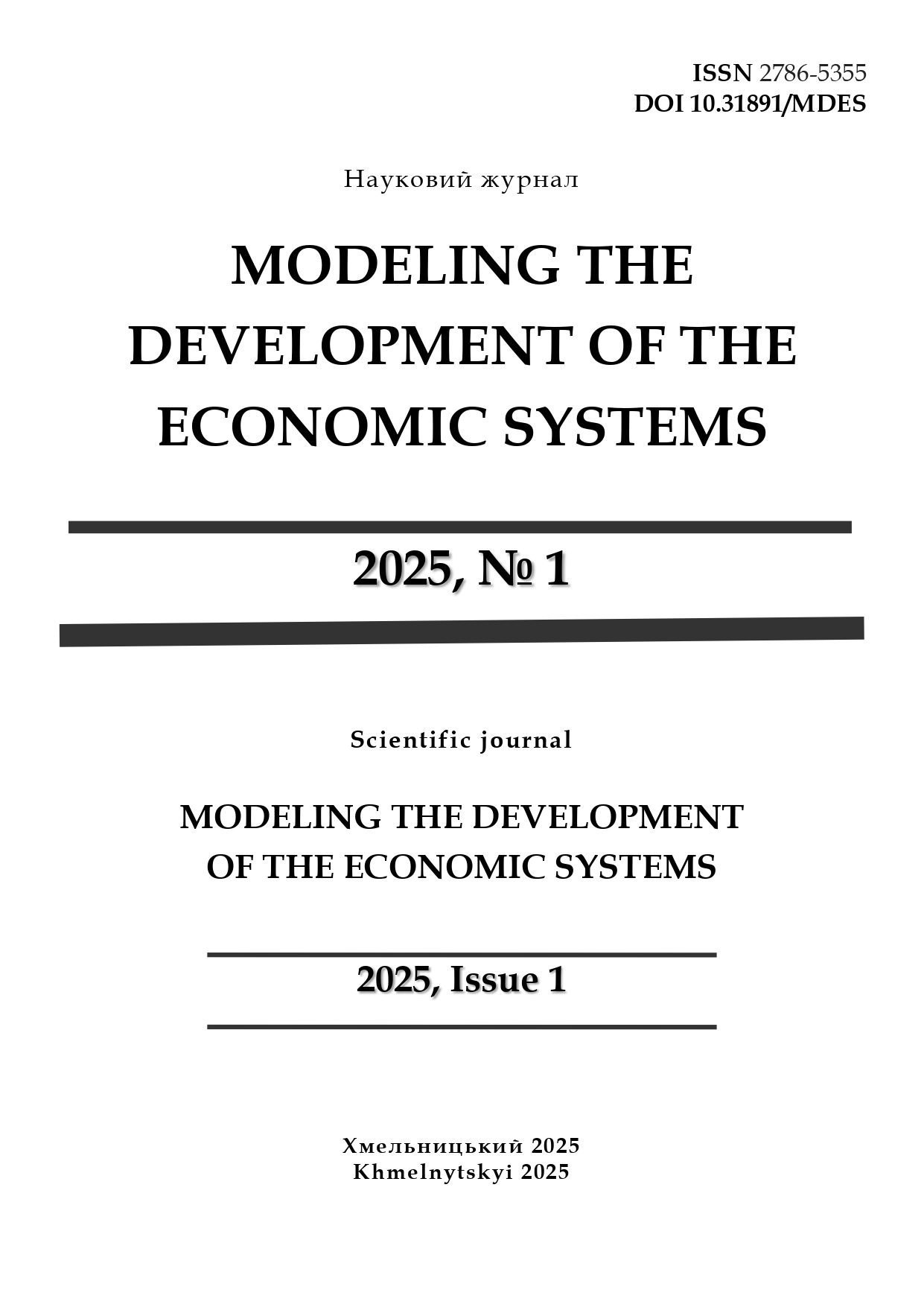INSTITUTIONAL FRAMEWORK FOR REFORMING REGIONAL ELECTRICITY MARKETS TO STIMULATE AN INCREASE IN ENERGY GENERATION USING RENEWABLE ENERGY SOURCES: STRATEGY, MECHANISMS, RISKS
DOI:
https://doi.org/10.31891/mdes/2025-15-27Keywords:
institutions, institutional framework, reforms, region, regional renewable energy market, incentives, increase in volumes, energy generation, renewable energy sources, alternative energy, energy efficiencyAbstract
Competitiveness in the electricity generated from renewable sources is based on consumers' free choice of suppliers and the absence of administrative and economic barriers to entry into the energy supply and sales market. The modern European model of the renewable (alternative) electricity market, characterized by integration and globalization, poses new challenges and potential threats to business entities in this sector, especially newly established enterprises. This concerns ensuring transparency and objectivity of the conditions for access to consumption and operation of energy networks, as well as impartial and accelerated market development in line with the dynamic needs of the economic system and growing consumer demands. The emphasis on transparency in market relations should reassure stakeholders about the fairness of the market. Compliance with European standards and norms is also an important aspect.
Reforming the electricity sector involves achieving interrelated goals: organizational, economic, technical, technological, social, and environmental. However, integrating these goals can lead to ambiguous consequences and risks, especially in the context of cost optimization and ensuring the financial stability of enterprises. Potential conflicts of interest between stakeholders, such as large market players and independent suppliers, should be considered.
The definition of strategic goals and objectives requires a systematic analysis of the energy market in the following main areas: identification of reform priorities, taking into account national peculiarities, a detailed analysis of potential benefits and risks for all market participants, as well as an assessment of possible threats caused by external factors, such as fluctuations in energy prices, the emergence of new renewable energy generating facilities, and changes in regulatory policy.
While an important step, strengthening the system operator's role does not guarantee its complete independence from external risks and the influence of large market players. The liberalization of the electricity market provides access to the wholesale market for other participants, including independent suppliers, who can enter into direct contracts with generating companies and sell electricity generated using renewable sources in the retail market to end consumers. Such participants are usually large industrial consumers and associations of smaller consumers. On the supply side of the retail market, a competitive environment is being formed that is an alternative to existing regional energy supply and generation companies and encourages them to improve efficiency. The formation of consumer choice will ultimately determine the price parameters, quality of services, reliability of supply, and transparency of competitive relations in the market.
Downloads
Published
How to Cite
Issue
Section
License
Copyright (c) 2025 Світлана БОРТНІК, Анна МОХНЮК, Роман ЧОРНИЙ

This work is licensed under a Creative Commons Attribution 4.0 International License.




